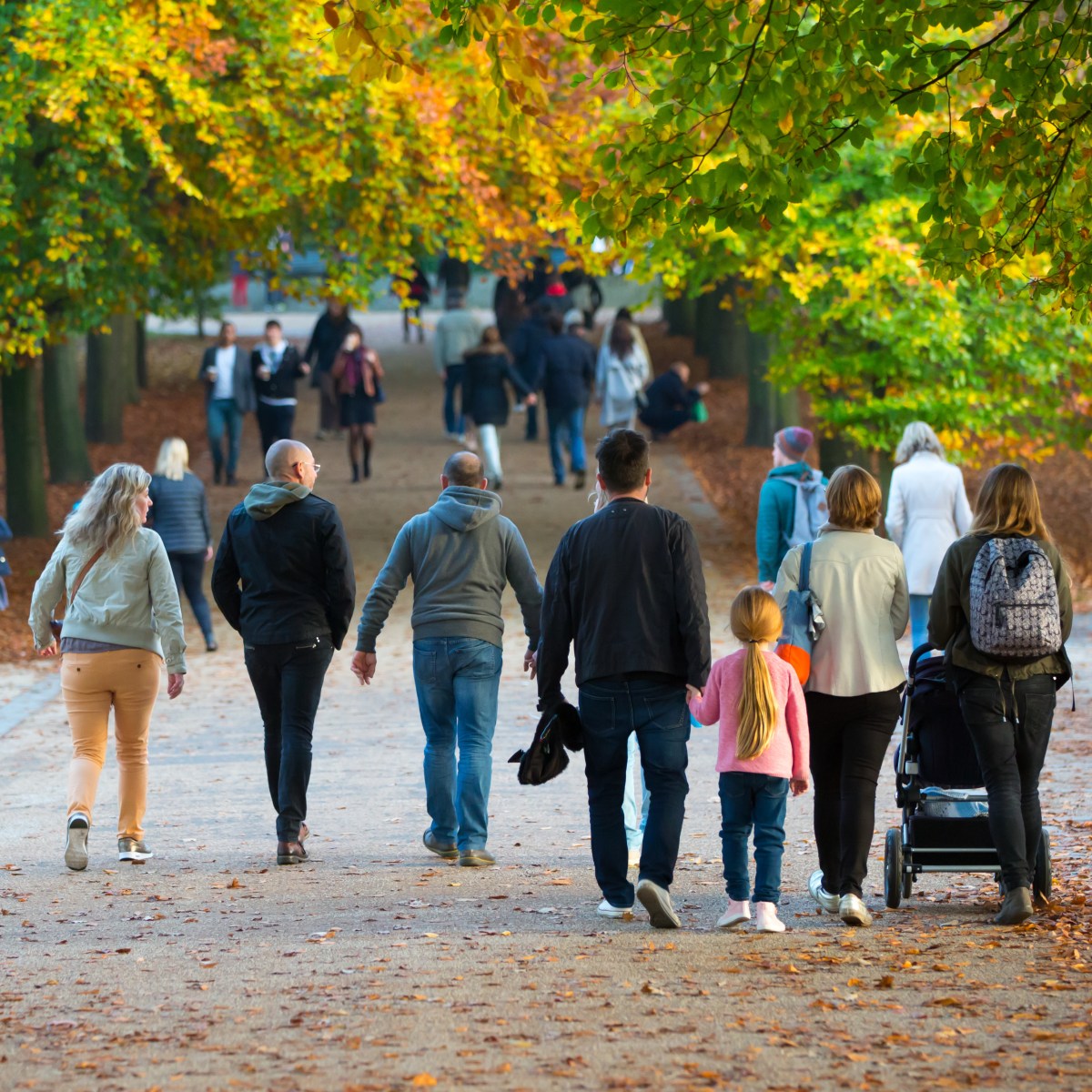Climate change is having a significant impact on public health in the UK, yet this connection is rarely made by the environment sector or parliament. Despite clear evidence of its implications for mental health, between 1995 and 2020, only 41 parliamentary speeches made the link, out of a total of 20,000 speeches about health or climate issues.
As much wetter winters and hotter summers become the norm, we need to do more to prepare for the impacts on health. The rise of ‘eco-anxiety’ – as people worry about the climate and nature crisis – and the benefits of nature for wellbeing are more commonly discussed. But the full range of health effects of climate change are still being overlooked. The life upheaval caused by flooding, for example, can cause PTSD, depression and even substance abuse; while heatwaves affect how medication works, as well as increasing risks of suicide and exacerbating symptoms of psychosis.
The 2022 heatwave was a warning The record number of heat related deaths in the summer of 2022 was a stark warning of what is to come. During the heatwave, when temperatures topped 40oC for the first time, a fifth of hospital operations had to be cancelled.
The UK Health Security Agency projects that heat related deaths, without adequate adaptation and with only limited action to slow down the pace of climate change, will increase almost 166 per cent in the 2030s, to over 4,000 per year by 2039, and over 10,000 deaths a year by the 2050s.
Extreme heat should be a major public health concern, but successive governments have not recognised this, or implemented effective programmes to manage the risks, leaving people increasingly vulnerable, particularly in towns and cities which are more likely to overheat.
Inequalities make impacts worse The most at risk are older people, babies, those with existing health problems and those who work outside.
Existing inequalities also mean some groups are more exposed than others. Those living in deprived areas often have lower life expectancies and spend more of their lives in poor health compared to the more affluent. They are disproportionately affected by extreme temperatures, because of low quality housing and community infrastructure, and because they have less power (if in social housing or privately renting) and money to adapt their homes. Homeless people are also at risk, as they can’t easily shield from extreme weather.
The longstanding lack of investment in public infrastructure is further reducing resilience. There is a direct association between extreme heat and suicide risk in prisons. The state of prisons means that over three quarters of them in England and Wales are at ‘high risk’ of overheating in the summer over the next 15 years. And around 90 per cent of hospitals have been assessed as at risk of overheating.
Educational attainment falls in periods of high heat, with exam pass rates dropping by up to ten per cent at 32°C compared to 22°C degrees. This affects student’s future earning potential and can affect their health outcomes.
Many solutions are simple Taking simple measures to adapt to climate change can help to reduce health inequalities and support the NHS. Easy solutions include passive cooling for buildings, installing shading devices like awnings and shutters, or painting roofs white to reflect sunlight. These are relatively cheap to rollout and are greener than energy intensive air conditioning, which produce waste heat, contributing to the urban heat island affect.
In the wider community, green spaces, parks and areas of water, like ponds and wetlands, act as ‘heat sinks’. Increasing these in deprived urban neighbourhoods, where residents have more limited access to nature, not only helps with excess heat but can enhance wellbeing more generally.
A joined up approach will be more effective Climate and health are central missions of the new government, but to adapt to climate change and protect people from its impacts, a new approach is needed. It can’t be one department’s mission as it touches on many areas of responsibility: health, housing, business, transport, environment and energy.
We’ve looked at the government decision making landscape around adaptation and believe more must be done to kickstart a joined up approach.
While the government does have a National Adaptation Programme (NAP) it doesn’t go far enough, lacking detail around what’s needed to make homes, public buildings and transport resilient to extreme heat. Impacts on mental health are also not factored into the current NAP. Clear adaptation targets for different types of infrastructure should be developed with the Climate Change Committee to steer action.
More effective climate adaptation also can’t happen without better government co-ordination and accountability driving the changes. The new cross governmental Climate Resilience Board is welcome and this should facilitate co-operation between departments on measures needed, with a minister for adaptation appointed in the Cabinet Office to guide cross departmental adaptation to climate change.
The vital role of local authorities in delivering adaptation should not be underestimated and needs adequate resourcing. And we shouldn’t miss the opportunity to build high quality, climate change resilient homes, as the government aims to build 1.5 million in the next five years.
Green Alliance recently launched two reports, funded by Wellcome, highlighting the impacts of climate change on health and how the government can do more to address them: Protecting people in the UK from extreme heat and Rising to the mental health challenge of climate change.
Discover more from Inside track
Subscribe to get the latest posts sent to your email.
